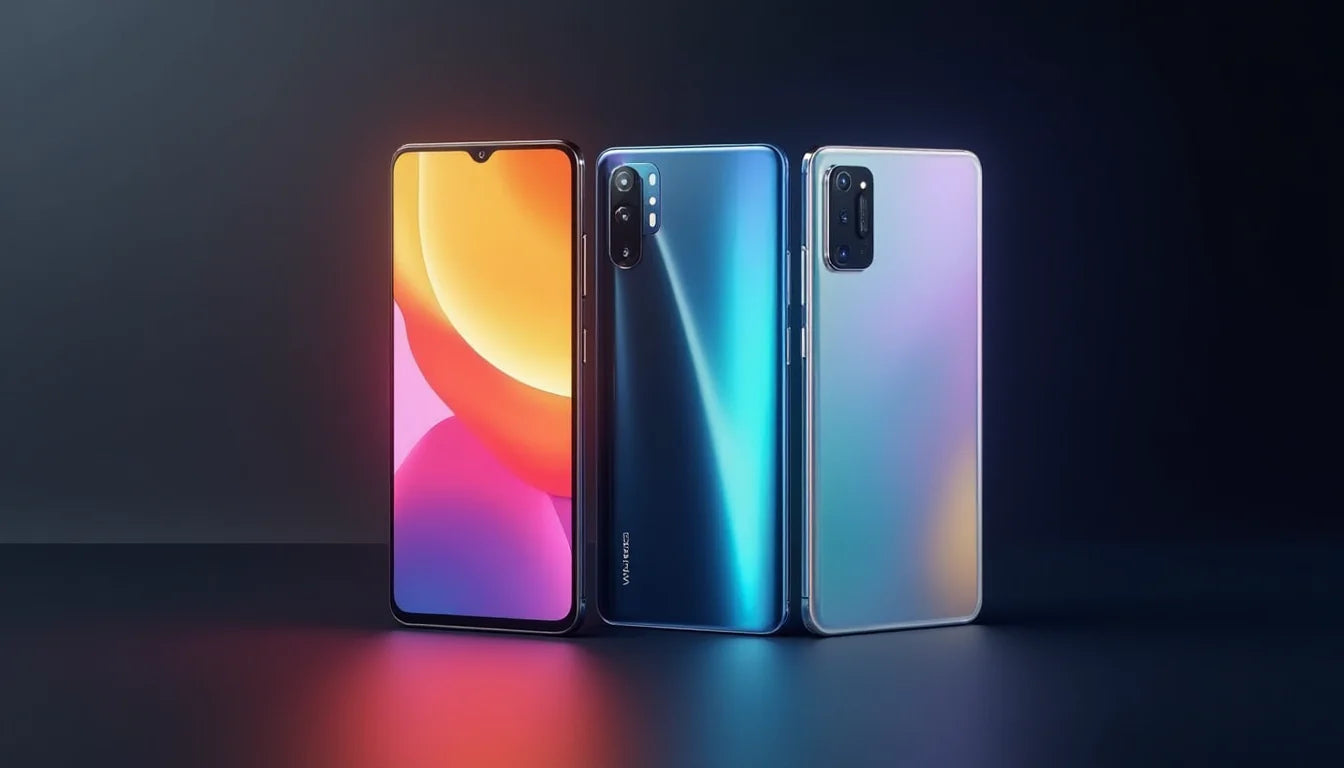As every year, the Mobile World Congress (MWC) in Barcelona has become the epicenter of mobile innovation. After two intense days of presentations, announcements, and meetings with experts, I'm returning home with a head full of information and a bittersweet feeling. I've seen fascinating advances, but also a lot of... marketingese and empty promises. In this article, I'll share my impressions of the most notable developments from days 3 and 4 of MWC 2025, focusing on those launches and technologies that I believe will have a real impact on the market, especially in Chile.
Forget the simple listing of specifications and pros and cons. Here you'll find an in-depth and critical analysis, based on my experience and my personal vision of the future of mobile technology . We'll explore smartphones that challenge convention, artificial intelligence proposals that promise to transform the user experience, and emerging trends that could revolutionize the way we connect and communicate. My guiding question is: What of all this will really matter to Chilean users, who seek quality, innovation, and a fair price?
Smartphones: Bold Design, Functionality in Focus
MWC 2025 saw the unveiling of several smartphones that sought to stand out with their design. Some opted for minimalist elegance, while others dared to offer bolder, more disruptive designs.
-
The Focus on Sustainability: Several brands have introduced smartphones made with recycled materials and designed to be easier to repair. This trend is especially relevant in Chile, where there is growing concern for the environment. Brands like Fairphone are leading the way.
-
Modularity Returns (Really?): The idea of modular smartphones, which allow individual components to be replaced, has resurfaced with force. While the idea is appealing, I believe there are still many technical and logistical challenges to overcome before this technology becomes a reality. Motorola attempted this with its Moto Mods, but sales weren't as good.
-
The Explosion of Foldable Phones (But at Exorbitant Prices): Foldable smartphones have continued to evolve, with thinner designs, sturdier hinges, and larger displays. However, their price remains prohibitive for most consumers. Brands like Samsung and Huawei continue to push the envelope.
In my opinion, a smartphone's design should be functional, ergonomic, and aesthetically pleasing. It's not enough to be different for the sake of being different. The design should enhance the user experience and not sacrifice durability or comfort.
Artificial Intelligence: More Than an Advertising Slogan, Seeking Real Utility
Artificial intelligence has been the star of MWC 2025. Virtually all manufacturers have announced new AI-powered features and services for their smartphones. However, it is important to distinguish between real AI and artificial intelligence. AI marketing .
I have seen interesting proposals in areas such as:
-
Computational Photography: AI is used to improve the quality of photos and videos by optimizing exposure, focus, white balance, and other parameters.
-
Virtual Assistants: Virtual assistants have become smarter and more capable, thanks to natural language processing and machine learning.
-
Real-Time Translation: AI allows conversations to be translated in real time, facilitating communication between people who speak different languages.
-
Security: AI-powered security systems, making equipment and user data safer than ever.
However, I've also seen many empty promises and features that provide no real value to the user. The key to successful AI in smartphones is usability and transparency. Users must understand how AI works, what data it collects, and how that data is used.
The Chilean Market: What Really Matters to the Local Consumer?
The Chilean smartphone market is diverse and demanding. Chilean consumers value quality, innovation, and value for money. Furthermore, they are increasingly aware of the importance of privacy and the security of their personal data.
To be successful in Chile, a smartphone must:
-
Delivering solid and reliable performance.
-
Have a good camera.
-
Have a long-lasting battery.
-
Offer an attractive and durable design.
-
Be affordable.
In addition, it's important for manufacturers to offer good after-sales service and technical support in Spanish.
Beyond Smartphones: Other Highlights from MWC 2025
While smartphones are the undisputed stars of MWC, I've also seen other interesting developments in areas such as:
-
Extended Reality (XR): While VR and AR haven't fully taken off yet, I've seen exciting advancements in display technology, motion tracking, and interaction with virtual worlds.
-
6G Connectivity: The first steps are being taken toward the next generation of mobile networks, which promise even faster connection speeds and lower latency.
-
Sustainability: More and more companies are adopting sustainable practices in the manufacturing and design of their products.
A Promising Future, But With Pending Challenges
MWC 2025 made it clear that the mobile technology industry continues to innovate and evolve. We've seen smartphones that challenge convention, artificial intelligence offerings that promise to transform the user experience, and emerging trends that could revolutionize the way we connect and communicate.
However, it's also important to be aware of the challenges the industry faces, such as market saturation, privacy concerns, and the need to offer more sustainable products. The future of mobile technology is bright, but it's up to us, the users, to demand products that are innovative, useful, and environmentally friendly.
What did you think of MWC 2025? What new developments caught your eye? What do you expect from the future of mobile technology in Chile? Share your thoughts in the comments.

